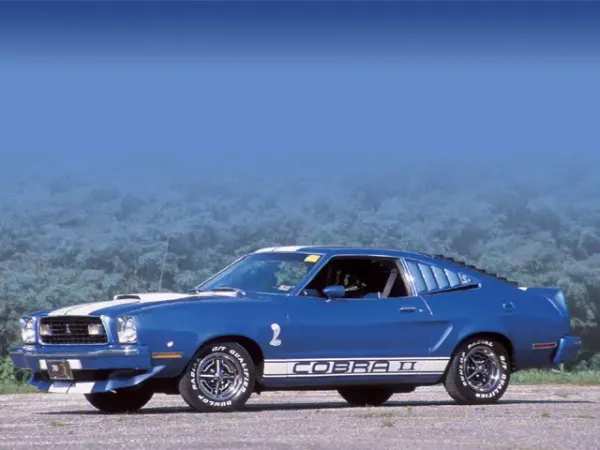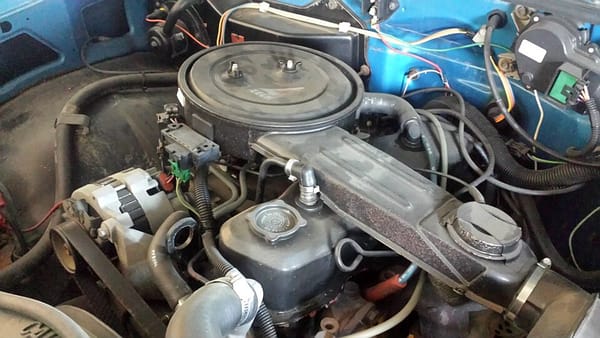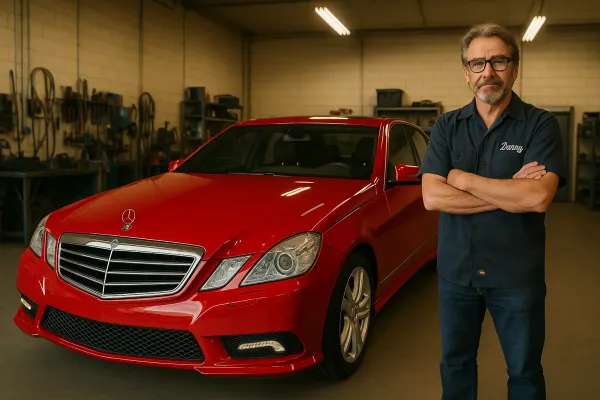911 on a Budget: Which Used Porsche 911 Models Are Worth the Gamble?
Author Bio: Danny is a co-owner of Driveway Dreams, an ASE Certified Master Technician with over 26 years of experience, and previous freelance writer for Car Engineer. For more than 17 years, he's owned and operated his own independent repair shop in Livonia, Michigan. Subscribe and follow, Danny!
Alright, consider this your wake-up call.
You want a 911. The German dream on four wheels. Timeless silhouette.
But here’s the brutal truth: Most used 911s? They’re money landmines with leather seats.
The 911 is an icon, yeah. A car that somehow survived over 60 years of engineering stubbornness and German pride.
But some years? They’ll eat your savings, your sanity, and your garage space—then come back for your dignity.
Let’s sort the legends from the landmines.
1965–1973: Long-Hood Air-Cooled Originals
These are museum pieces now.
Even the roughest drivers go for $50k+. Parts are rare.
Rust hides in the unibody like termites.
Engine rebuild? Kiss $20k goodbye. That’s if you can even find someone qualified to do it.
Sure, these early cars have a purity modern cars can’t match.
But they also handle like a three-legged shopping cart.
The Evidence:
Price range: $50k–$150k
Known issues: rust, oil leaks, chain tensioners, carb/FI tuning, transmission synchros
Shop Story: Guy brought in a '69T, said he wanted it "safe to drive."
Ended up quoting $30k to make it stop leaking oil and stop trying to kill him under braking.
The steering box had more play than a marionette. Brakes were all show, no slow.
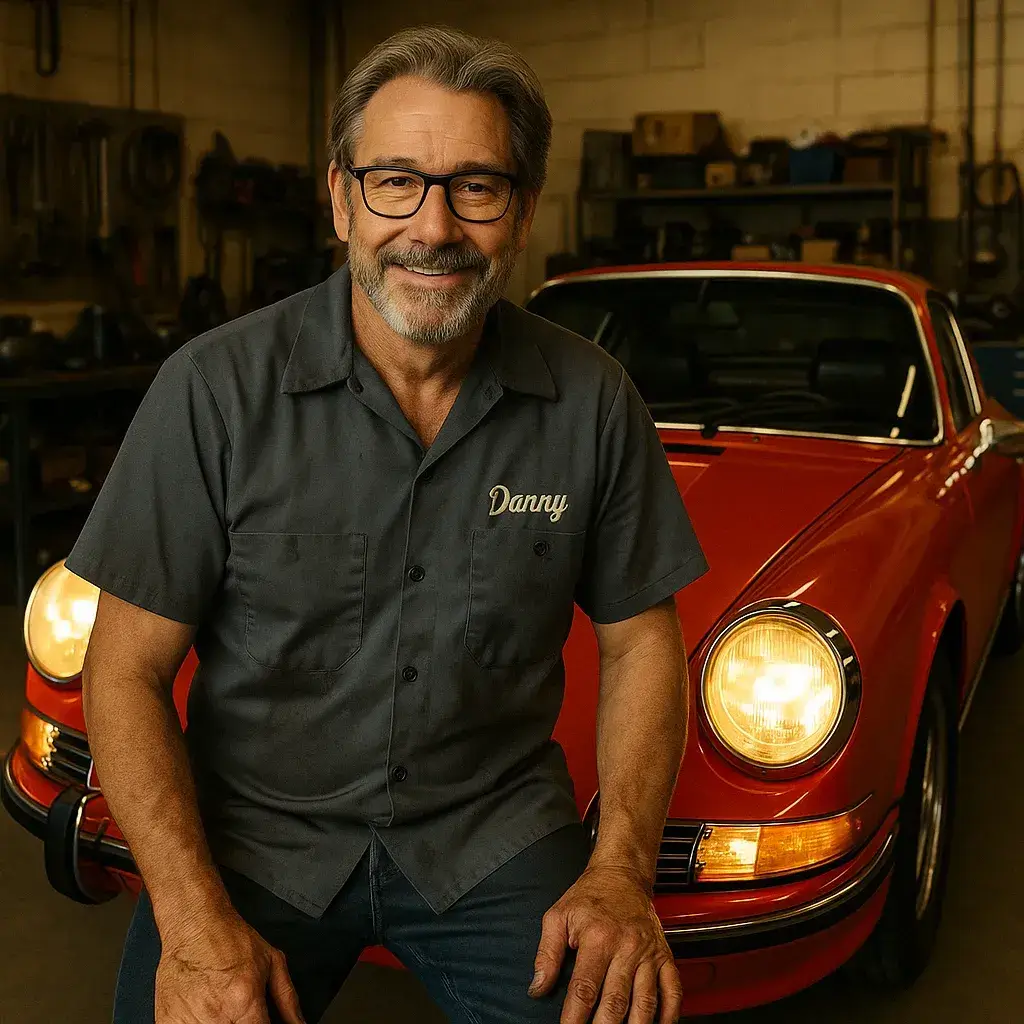
Verdict: NOT Worth the Gamble (Unless You’re Loaded)
Investment Reality Check:
What They’re Doing on the Market Now:
Prices have skyrocketed past $100K for clean examples, and even tired shells rarely drop below $50K.
They’ve mostly shifted from enthusiast cars to blue-chip collectibles, and the market has stabilized at the top end.
Ownership Cost Curve:
Annual upkeep runs $3K–$6K if driven sparingly, but restoration work is brutal—$20K+ engine rebuilds, $10K paint jobs, and rare parts drive costs through the roof.
Collector/Driver Demand Factor:
High-end collectors and concours buyers dominate this market.
Daily-driver demand is nearly gone thanks to parts scarcity and fragility.
Bottom Line Investment Call:
Rising but slowing — Best for wealthy collectors chasing provenance, not weekend drivers looking for fun.
Think that was painful? Wait 'til you meet the air-cooled stepchild Porsche doesn’t want you to remember...
1974–1977: Mid-Year 2.7L Cars
They look like a deal. They're not.
The 2.7L engine runs hotter than a microwave burrito.
Magnesium cases warp. Head studs pull. CIS injection throws tantrums.
Owning one is like dating someone with emotional baggage and a history of arson.
Evidence:
Price: $35k–$55k
Known issues: thermal reactors, pulled head studs, CIS gremlins, rust
Pros: Lighter than later cars, narrow-body handling, early G-body style
Cons: Basically a DIYer’s version of Russian roulette
Shop Story: '75 Targa rolls in with no power, running hot.
One valve cover off, I could see a head stud rattling around.
Told the guy it needed a full top-end. He ghosted. Car showed up six months later with a different owner, same issue.
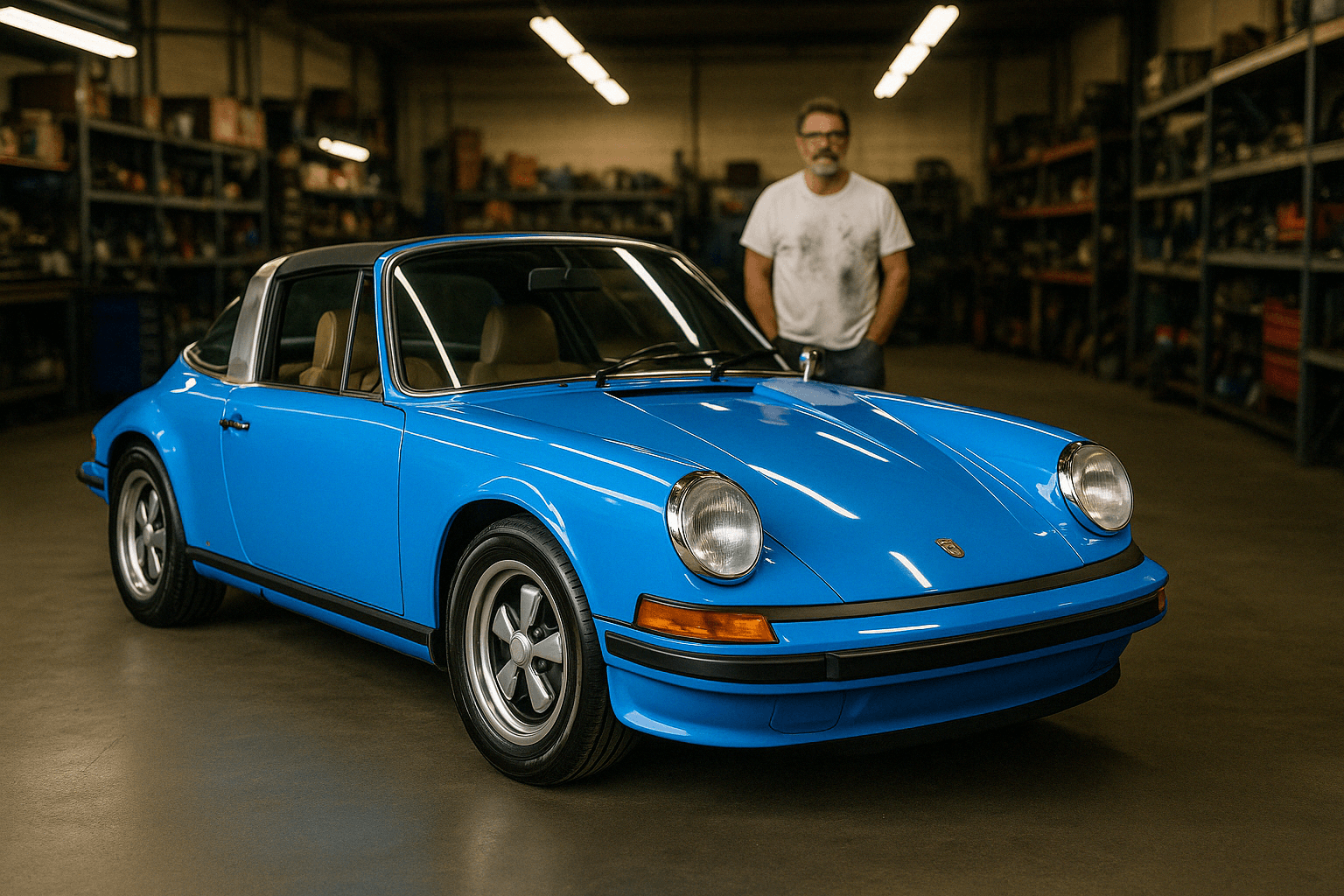
Verdict: Only Worth It IF the Engine’s Rebuilt
Investment Reality Check
What They’re Doing on the Market Now:
Stuck in value purgatory.
Most linger in the $35K–$55K range unless fully rebuilt, which can double their value.
Appreciation has been flat for years.
Ownership Cost Curve:
Unsorted cars can eat $15K–$25K quickly.
Sorted ones are fairly cheap to keep—$1,500–$2,000 annually.
Collector/Driver Demand Factor:
Only niche buyers—DIY wrenchers or people seeking the narrow-body look—are interested.
Broader market sees them as risky.
Bottom Line Investment Call
Plateaued — Only makes sense if the engine is rebuilt and you get it at the bottom of the market.
Want old-school charm without the mechanical trauma? Time to meet the SC.
1978–1983: 911 SC ("Super Carrera")
This is the first truly "budget-friendly" 911 that won't betray you.
3.0L flat-six is an anvil.
Fully galvanized body fights rust.
Yeah, the 915 gearbox is notchy. So what? It’s part of the charm.
These cars are tough.
The engines are overbuilt. If it's got Carrera chain tensioners and a pop-off valve? You're golden.
It’s not fast by modern standards, but it delivers raw, mechanical joy that no modern turbo appliance can match.
Evidence:
Price: $45k–$60k (2025 average)
Known issues: broken Dilavar head studs, chain tensioners, CIS quirks
Maintenance: ~$1,500/year
Forum quote: "SCs are tanks. Do the basics and they’ll outlive you."
Shop Story: Customer brought in an ‘80 Coupe for inspection.
Pop-off valve? Installed.
Tensioners? Upgraded.
Studs? Checked.
I told him it was one of the best SCs I’d seen in 10 years.
He drives it twice a week. Says it's more reliable than his 2021 Audi.
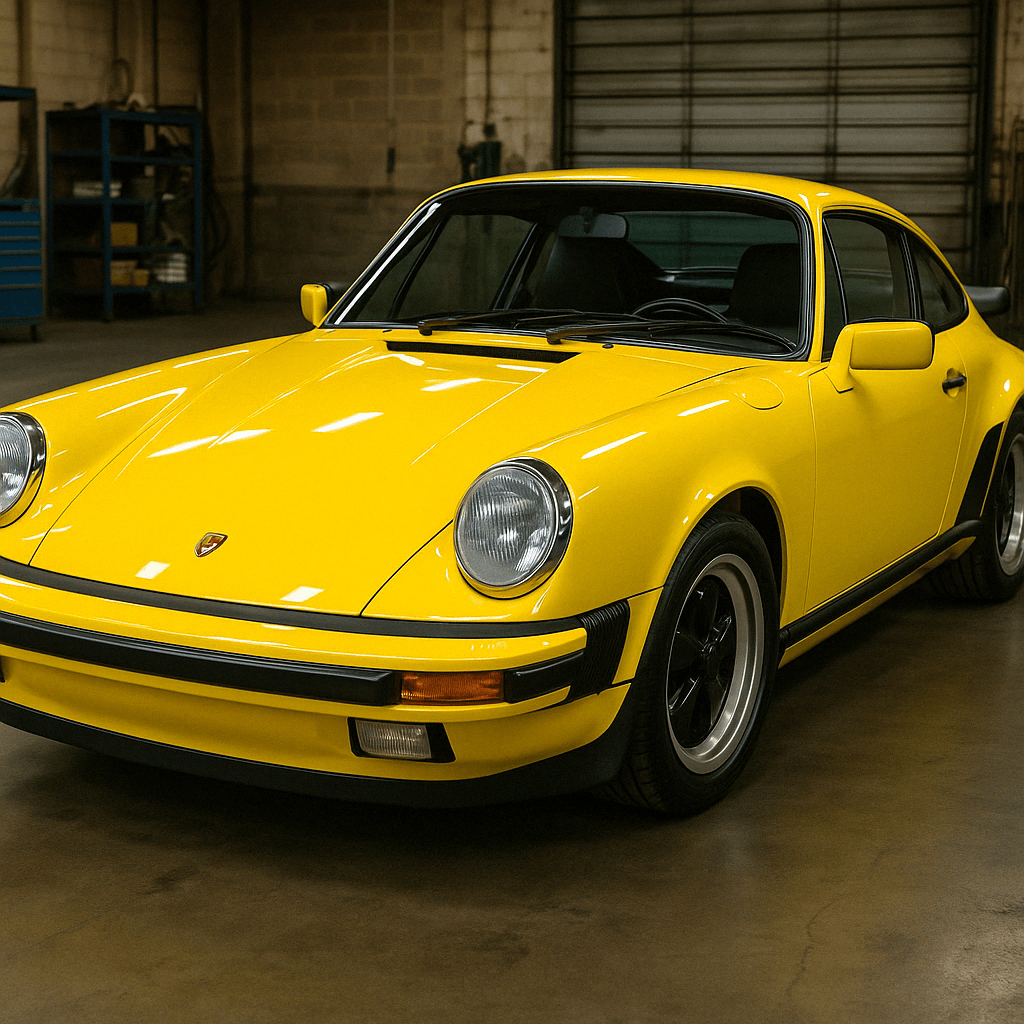
Verdict: YES. Worth Every Penny—If Maintained
Investment Reality Check
What They’re Doing on the Market Now:
Climbing steadily the past five years.
Solid cars are now $50K–$65K and trending upward as 3.2 prices push higher.
Ownership Cost Curve:
$1,500–$2,000 a year if well maintained.
Known weak points (Dilavar studs, chain tensioners) are usually already fixed.
Collector/Driver Demand Factor:
Highly sought by first-time 911 owners and analog purists.
Demand consistently outpaces supply.
Bottom Line Investment Call
Gaining — A smart buy now before they hit true classic pricing like the 3.2s.
Think the SC’s solid? The next one’s even better.
1984–1989: Carrera 3.2 (The G50 Sweet Spot)
If the SC was bulletproof, the 3.2 is ballistic-rated.
Motronic fuel injection = fewer headaches.
G50 transmission from '87 onward = buttery shifts. Some valve guide wear is the only recurring gripe.
It’s the best blend of vintage feel and modern usability.
These things can go 200k+ miles with just basic maintenance.
Interiors hold up better. The brakes actually stop. You can daily one if you're not allergic to attention.
Evidence:
Price: $50k–$75k (higher for G50 Coupe)
Issues: Valve guides (around 100k miles), DME relay, head studs (less common)
Maintenance: ~$1,500–$2,500/year
Quote: "If you want a classic you can actually drive, this is it."
Shop Story: Replaced a clutch in an '88 G50 Coupe.
Everything else? Mint.
Owner said he dailies it 5 days a week. I believe it.
Car didn’t drip a drop. Felt tight. Solid. Like a well-worn baseball glove that still fits just right.
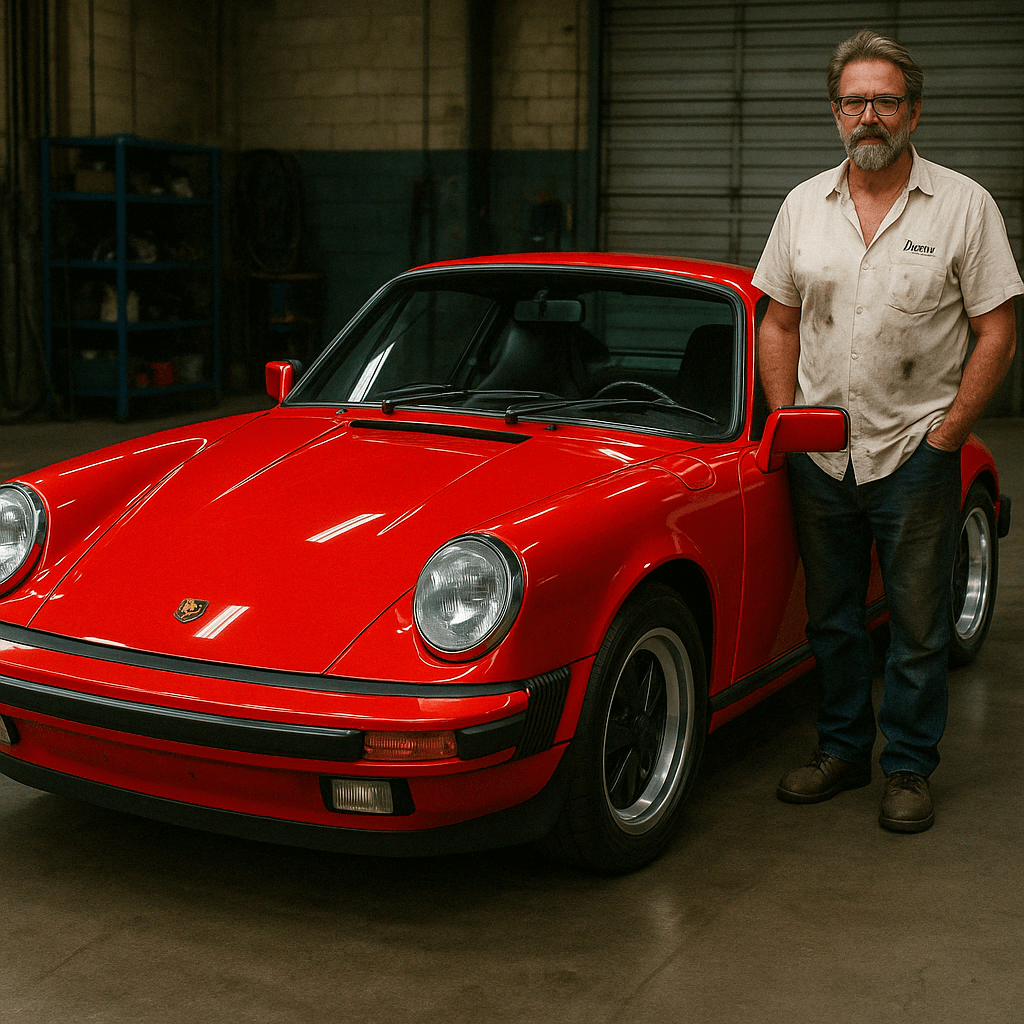
Verdict: YES. Arguably the Best Classic 911 Deal
Investment Reality Check
What They’re Doing on the Market Now:
Strong upward trend.
Clean G50 cars routinely bring $75K–$90K, and values are holding or rising despite more cars hitting the market.
Ownership Cost Curve:
$2K–$2.5K a year.
Big jobs like clutches or valve guides can run $5K–$7K but aren’t frequent.
Collector/Driver Demand Factor:
Massive demand from enthusiasts wanting “the classic that still works.”
Limited supply keeps prices firm.
Bottom Line Investment Call
Rising — Best blend of usability and appreciation potential in the air-cooled world.
But just when things got good... Porsche got complicated.
1989–1994: 964 (Air-Cooled Goes High-Tech)
964s are stunning. 3.6L twin-plug. ABS. Power steering. Coil springs.
But Porsche skipped head gaskets early on.
Dual-mass flywheels explode. Distributor belts snap. Fixes are pricey.
It’s a transitional car—half vintage, half modern.
But they need everything dialed in or they'll bleed you out.
Get a bad one and you'll pray for a fire. Get a sorted one and you’ll never stop smiling.
Evidence:
Price: $55k (C4 Cab) to $100k+ (C2 Coupe manual)
Known issues: head leaks (pre-1991), flywheel failures, distributor vent kits, power steering leaks
Maintenance: $2,500–$4,000/year if unlucky
Quote: "The most expensive 911 to maintain, hands down."
Shop Story: Customer had a '90 C2 Coupe. Brought it in for oil leaks.
Found no head gaskets. Showed him the oil dripping between cylinders.
$6k later, he had a resealed engine and a thousand-yard stare.
He sold it six months later. Said he wasn’t ready for the commitment.
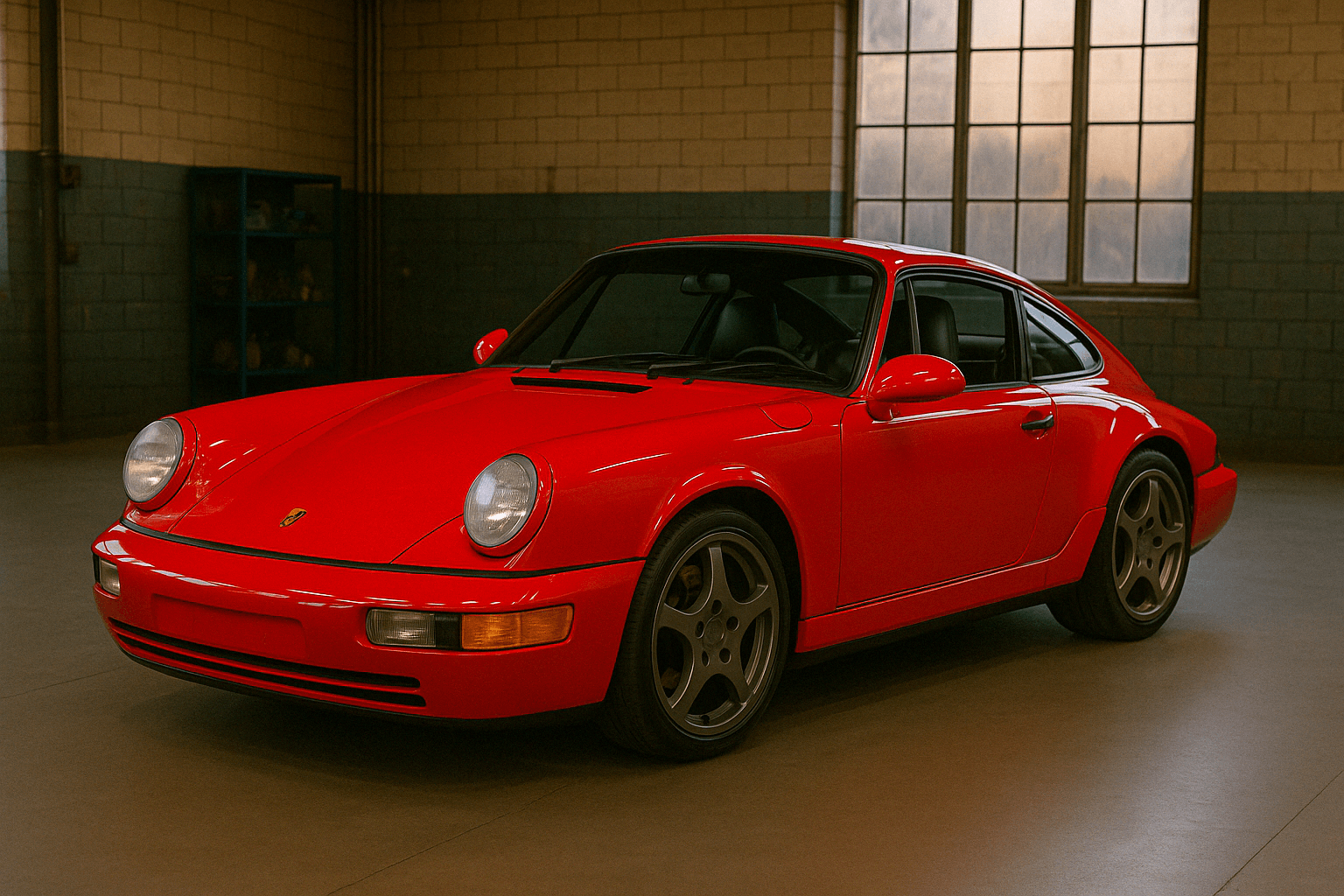
Verdict: Only Worth It If It’s Been SORTED
Investment Reality Check
What They’re Doing on the Market Now:
Spiked hard during the pandemic, cooled a bit, and have stabilized around $80K–$110K for clean C2 coupes.
Rare specs and low miles are still climbing.
Ownership Cost Curve:
High: $3K–$5K annually is common.
Oil leaks, suspension rebuilds, and reseals add up fast.
Collector/Driver Demand Factor:
Strong among design lovers and restomod builders (Singer base cars), which props up demand.
Bottom Line Investment Call
Volatile — Potential upside, but only buy fully sorted examples or you’ll lose your shirt.
Ready to cry in German? Because the last air-cooled 911 will empty your soul... and your wallet.
1995–1998: 993 (The Air-Cooled Finale)
Last of the hand-built legends. The final air-cooled 911.
A true unicorn car that looks, sounds, and feels like no modern Porsche ever will.
But here’s the catch—it’s priced like a Rembrandt and maintained like a Gulfstream.
It’s got multi-link rear suspension, better ergonomics, hydraulic lifters, and build quality that feels carved from billet.
But when things wear out—and they do—you’ll pay dearly.
Bushings. Suspension arms. Brake rotors. Everything costs like it’s made of gold and shipped from Mars.
Evidence:
Price: $60k (C4 Cab Tiptronic) to $100k+ (C2 Manual Coupe)
Issues: SAI clog (1996+), suspension wear, rear subframe bushing collapse, leaky cam seals
Maintenance: $1,800–$3,500/year
Forum quote: "Best-driving air-cooled ever. But it’ll cost you."
Shop Story: 993 Cab in for a suspension refresh.
Bushings were so shot the rear end moved under braking.
Needed shocks, subframe mounts, front arms, alignment. $4,200 bill.
Owner didn’t blink. Said, "It’s worth it to drive perfection."
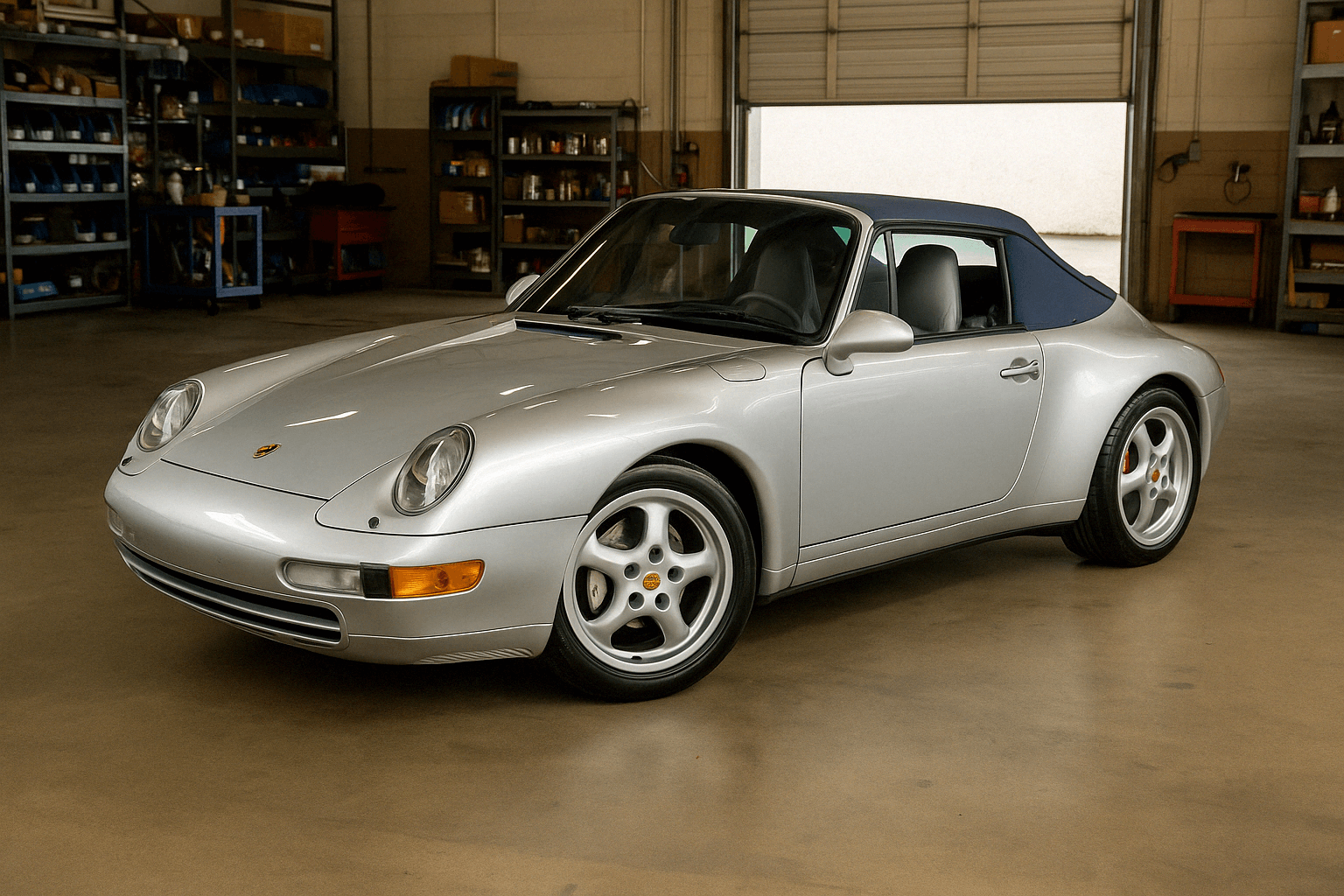
Verdict: Yes... If You Can Afford It
Investment Reality Check
What They’re Doing on the Market Now:
Prices are strong and still ticking upward slowly.
$100K+ is the norm for clean manual coupes.
Ownership Cost Curve:
$2K–$4K a year if used lightly.
Suspension and bushing refreshes can spike costs suddenly.
Collector/Driver Demand Factor:
Huge demand as the last air-cooled. Collectors, drivers, and investors are all chasing them.
Bottom Line Investment Call
Blue-chip — Long-term safe bet with continued slow appreciation.
Want 911 power for Honda money? Time to go water-cooled.
1999–2004: 996 (The Fried-Egg Bargain)
The internet roasted it for the headlights.
Purists cried over water cooling.
But here’s what matters: it’s fast, it handles, and it’s still (barely) affordable.
Yes, IMS bearing failure is real—but overblown.
Fix it preemptively or buy one that’s done.
Then enjoy a 911 that delivers 90% of the experience for 50% of the price.
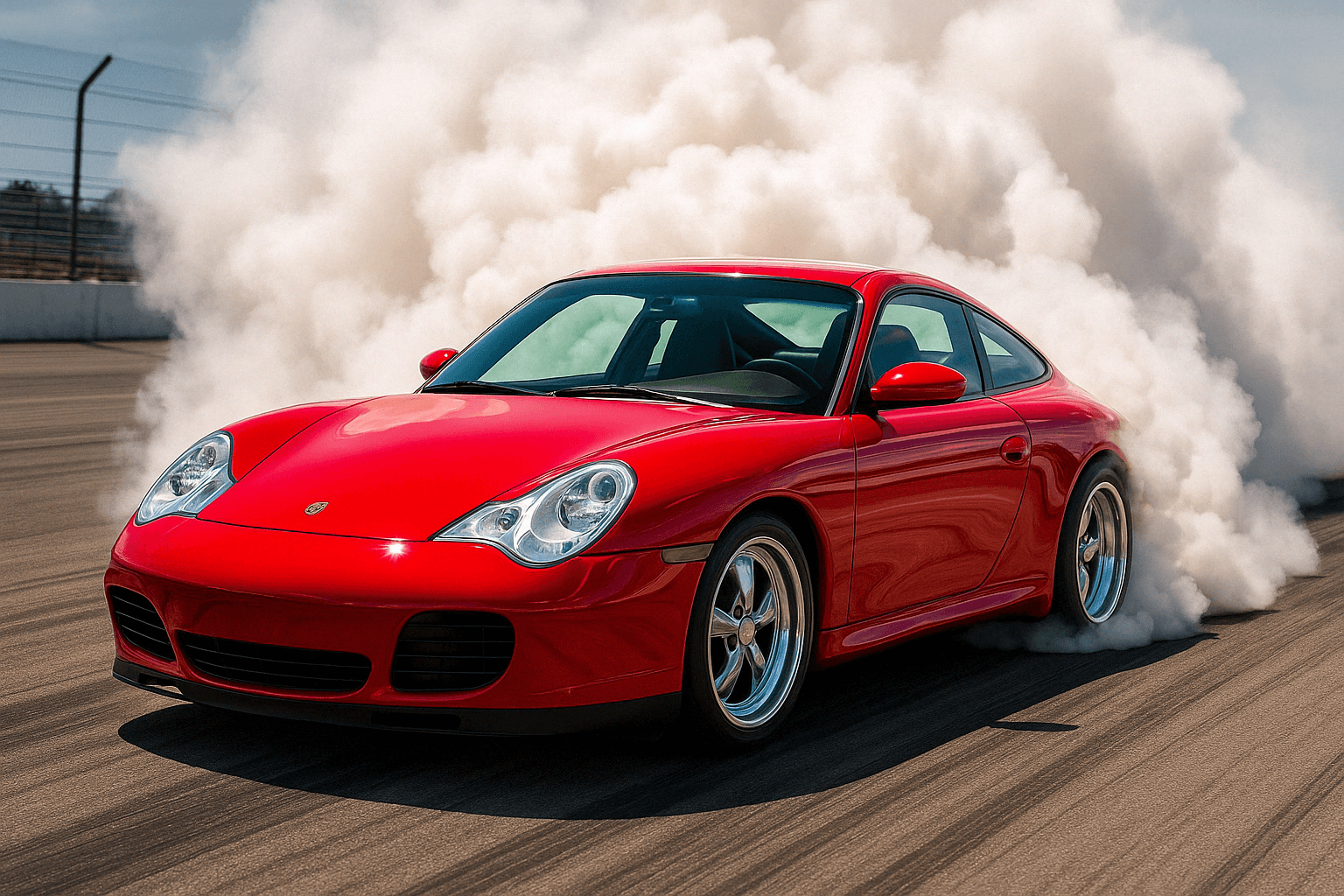
Evidence:
Price: $18k–$35k
Known issues: IMS bearing (5-10%), RMS leak, coolant tank cracks, coil packs
IMS fix: ~$2,000 if not done
Maintenance: $1,200–$2,000/year
Quote: "Figure $1,500/year. Best bang-for-buck 911 out there."
Shop Story: 996 Coupe. 120k miles. IMS done. Clutch solid. No bore scoring. PPI came back clean.
Buyer drove it 400 miles home and emailed me to say it was the best money he ever spent.
Said, "Why did people hate this car again?"
Verdict: YES. The Smartest 911 Buy Right Now
Investment Reality Check
What They’re Doing on the Market Now:
Still the cheapest way into 911 ownership, but prices are creeping up.
Clean manuals are $30K+ and rising.
Ownership Cost Curve:
$1.5K–$2K annually.
IMS retrofit ($2K) is mandatory for long-term peace of mind.
Collector/Driver Demand Factor:
High with budget-minded enthusiasts and track-day folks.
Market stigma is fading fast.
Bottom Line Investment Call
Undervalued — Great ROI if you get one with IMS done and keep miles reasonable.
Want to avoid the IMS gamble altogether? The next gen fixed that—but you’ll pay for the privilege.
2005–2012: 997.1 and 997.2 (Split Personalities)
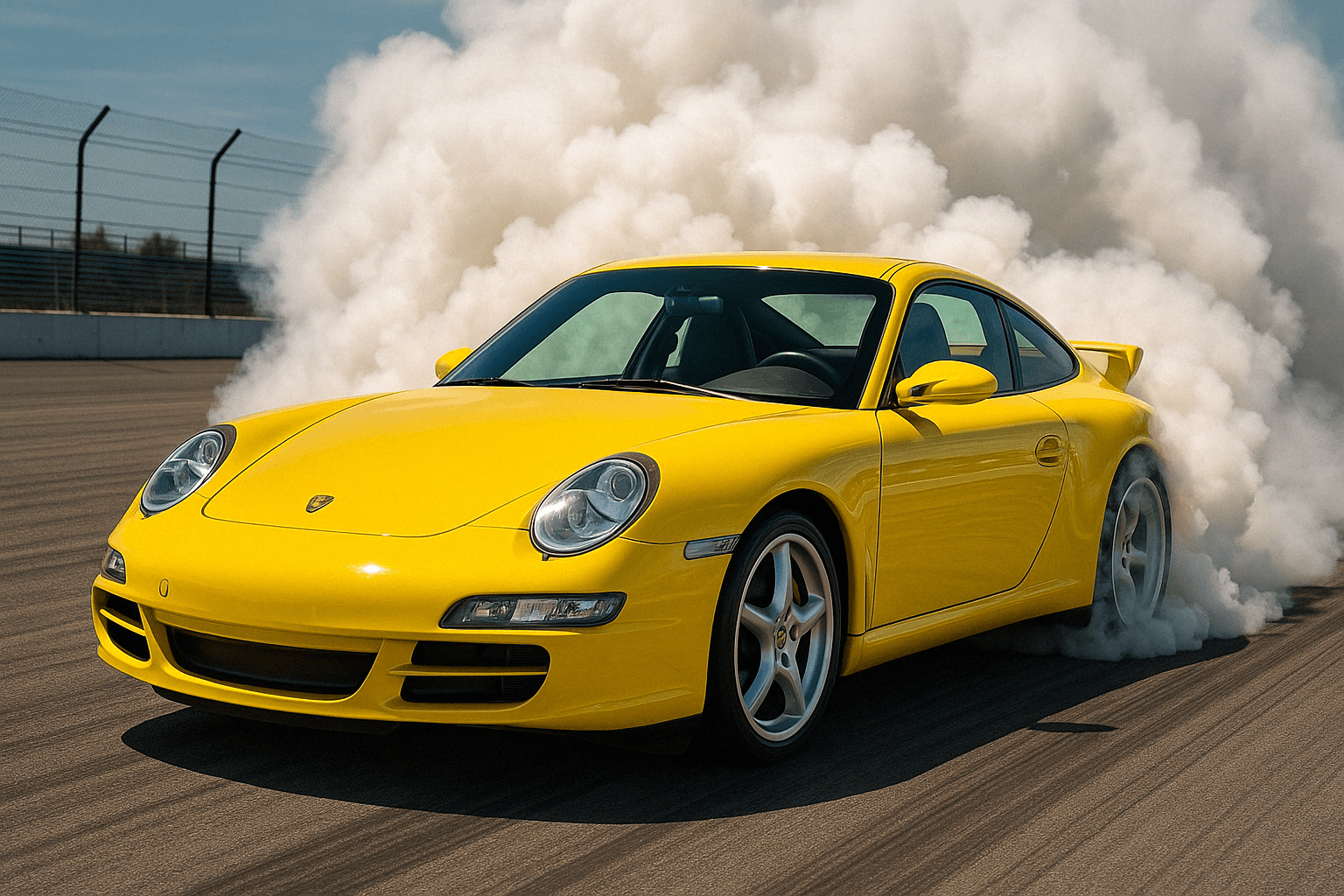
The 997 brought back the style.
Classic round lights. Tighter bodywork. More power.
It looked like a 911 again—and drove like a refined 996 on steroids.
997.1 had the same IMS issue (until 2008).
997.2 fixed it with new direct-injected engines and PDK. But bore scoring still lurks on higher-mileage 3.8s.
Evidence:
997.1 Price: $30k–$50k
997.2 Price: $50k–$80k
Known issues: IMS (early 997.1), bore scoring (especially 3.8L), A/C condenser leaks
Maintenance: ~$1,500–$2,500/year
Quote: "997.1 is a 996 in a tux. 997.2 is the real deal."
Shop Story: '06 Carrera S came in for a rattle.
Bore scoped it—cylinder 6 looked like a sandblaster got loose.
Told the owner it needed a new block. He nearly puked.
Said, "I should’ve just bought the 997.2."
Investment Reality Check
What They’re Doing on the Market Now:
997.1s are stable in the $35K–$50K range, while 997.2s are climbing toward $70K–$90K for clean low-mile cars.
Ownership Cost Curve:
$2K–$3K annually.
Bore scoring or engine rebuilds can nuke budgets ($15K+).
Collector/Driver Demand Factor:
Strong among modern-classic buyers.
Many are being tucked away as future collectibles.
Bottom Line Investment Call
Rising — Especially 997.2s, which are now viewed as “the last simple modern 911.”
Think newer is safer? Let’s look at what modern 911 luxury really costs.
2013–2019: 991.1 and 991.2 (Big, Fast, and Expensive)
The 991 is the big-body Porsche.
It’s faster, quieter, and more refined. But it’s also more expensive to buy, own, and repair.
991.1 has naturally aspirated engines. 991.2 went full turbo across the board.
If you want comfort and speed with fewer headaches, the 991.2 is the modern pick.
But $60k barely gets you in the door—and maintenance isn’t cheap.
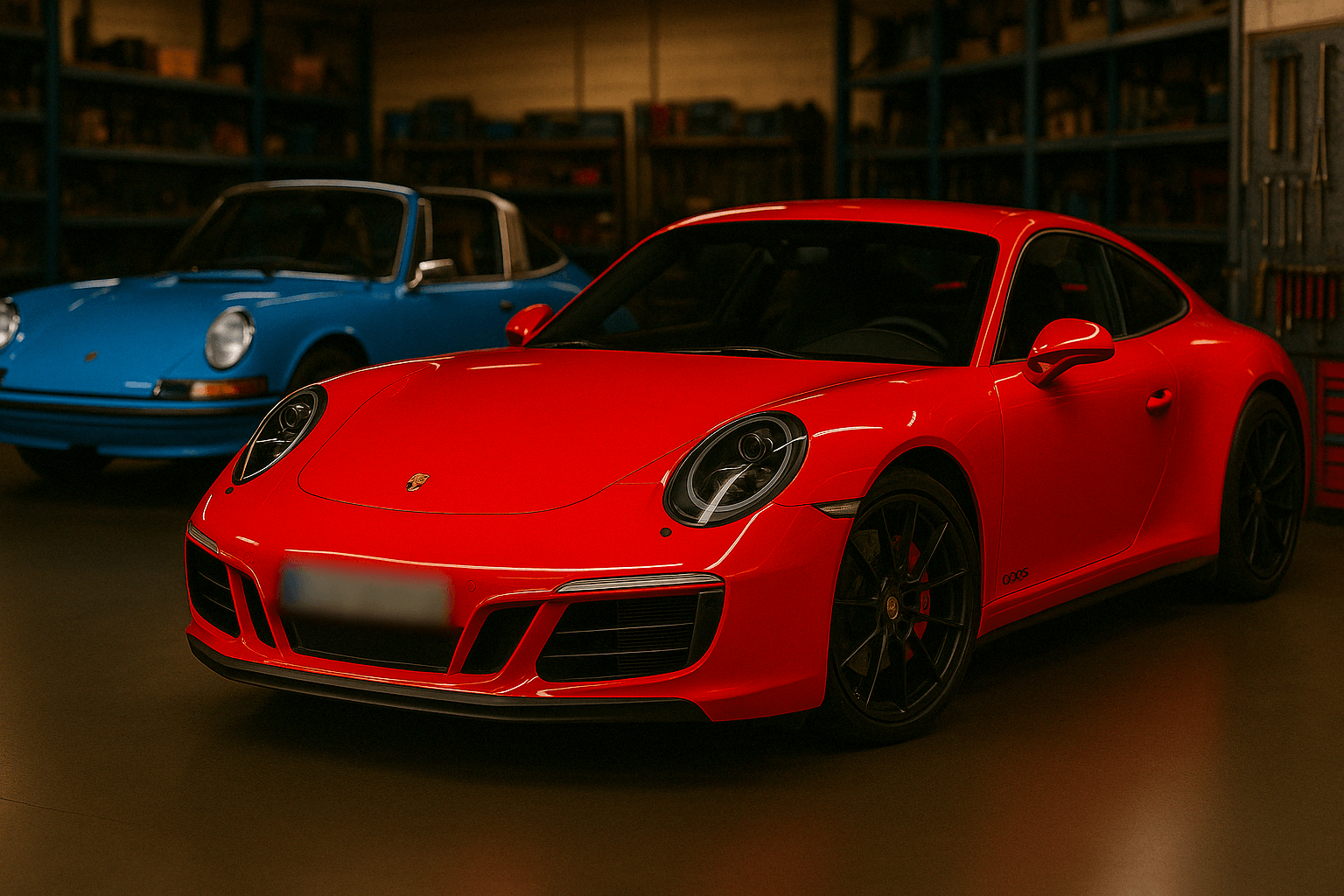
Evidence:
Price: $60k–$120k+
Issues: coolant line seals, electric steering complaints, turbo DFI carbon buildup (long-term)
Maintenance: $1,500–$3,000/year
Forum quote: "Fastest 911 ever made... until the next one."
Shop Story: Customer with a 2015 991 brought it in for a brake job.
$2,200 later, he asked if that was normal.
I said yes—and wait until the PDK service.
He booked a Cayman rental while his wallet recovered.
Verdict: Great Cars, But Not Budget Territory
Investment Reality Check
What They’re Doing on the Market Now:
Values are slipping slightly as 992s hit the used market.
Most sit between $60K–$100K depending on miles and spec.
Ownership Cost Curve:
$2K–$4K annually.
Consumables are pricey (brakes, tires), and electronics age poorly.
Collector/Driver Demand Factor:
Popular with daily-drivers and touring buyers.
Less collector heat than older gens, which keeps values flat.
Bottom Line Investment Call
Stable — A safe, livable buy but not a big-money flipper.
So which 911 actually makes sense? Let’s tie it all together.
FINAL WORD: THE THREE 911S THAT WON’T SCREW YOU

- 911 SC (1978–1983): Tough, analog, reliable.
No-nonsense air-cooled joy.
One of the last true mechanical driving experiences that won’t bankrupt you.
- 996 (1999–2004): Still dirt cheap. Fast, fun, misunderstood.
IMS fix turns it into a true performance bargain.
A $25k Porsche that’ll outrun cars double its price.
- 997.2 (2009–2012): Modern, comfortable, and safe from major mechanical nightmares.
A daily-drivable 911 with real Porsche soul.
The rest? Either too rare, too fragile, or too damn expensive.
Get a proper PPI. Buy from someone with receipts.
And remember—you’re not just buying a logo. You’re buying a flat-six strapped to your future weekends.
Pick the right one. Or I’ll see it in my shop. Towed in. Smoking. And crying.
Track SC, 996 & 997.2 Prices: The Best Porsche Models
Get price alerts for the three best Porsche 911 models worth buying in 2025: SC (1978-1983), 996 (1999-2004), and 997.2 (2009-2012). Be first to know when these models hit their price sweet spots.
Join 12,000+ enthusiasts getting my insider price alerts
Danny's Insider Porsche 911 Buyer's Guide
Everything you need to know before buying your dream 911
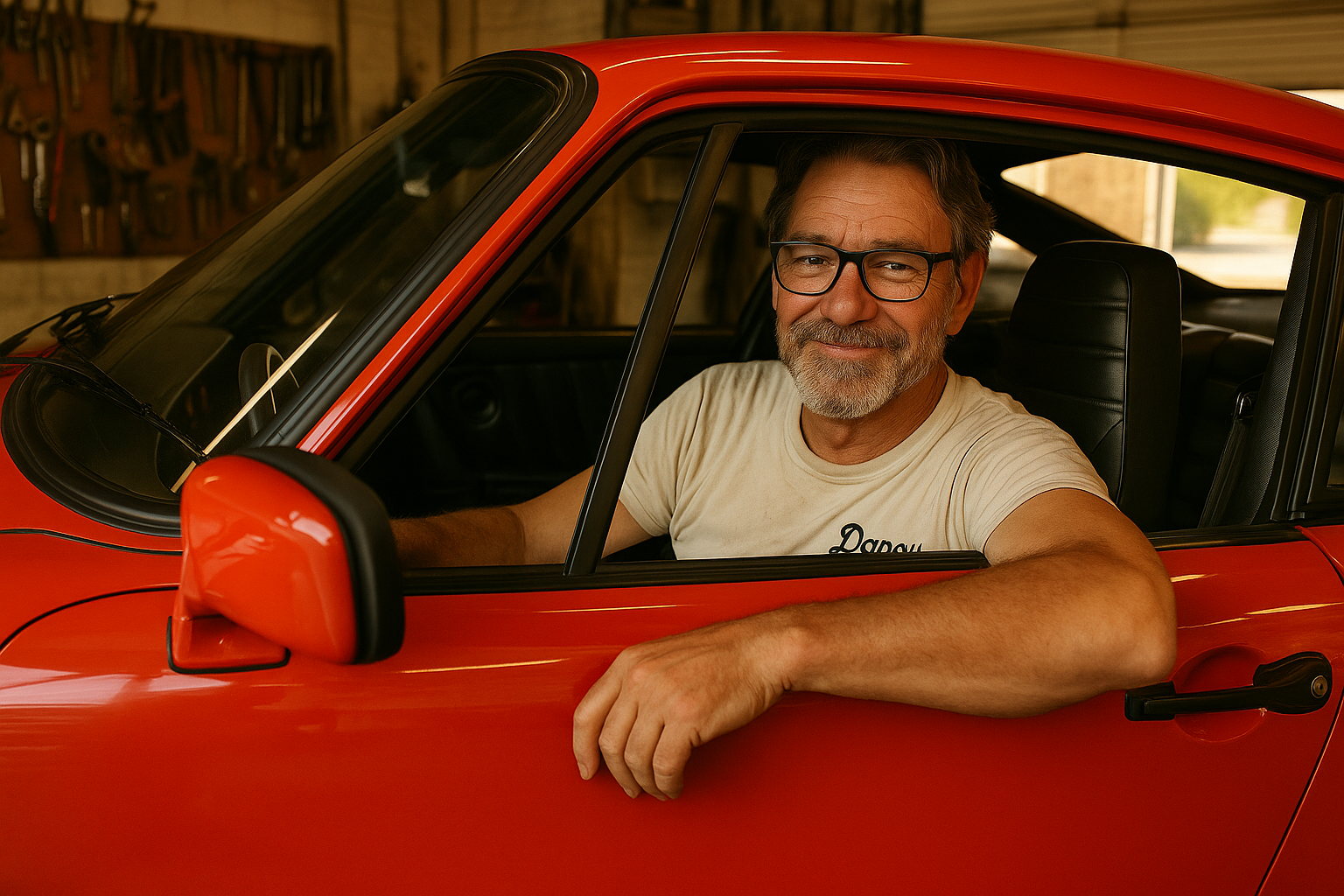
A clear, mechanic-sided roadmap to every 911 generation—from the very first air-cooled classics to today's tech-packed 992. After three decades under the lift I've learned where the gems hide and where the wallet-killers lurk; this guide hands you the map.
Table of Contents
1 How to Read This Guide
Price Bands are U.S. dollars, early 2025, stock and accident‑free.
Condition Levels: • #2 Excellent – restored or low‑mile original • #3 Good Driver – maintained, honest wear • #4 Fair – needs cosmetic or mechanical work
Cheat‑Sheet Box opens every generation; narrative detail follows.
2. Ownership Economics
Quick Reference Guide
| Era | Typical Annual Maintenance* | Insurance (40-yr-old, clean record) | Fuel (5k mi) |
|---|---|---|---|
| 1965-1977 | $4,000–$7,000 | $1,100 | $1,600 |
| 1978-1989 | $2,500–$4,500 | $950 | $1,500 |
| 1990-1998 | $3,000–$5,000 | $1,000 | $1,550 |
| 1999-2004 | $2,200–$4,000 | $1,050 | $1,600 |
| 2005-2012 | $2,500–$4,500 | $1,150 | $1,650 |
| 2012-Present | $2,000–$4,000 (warranty possible) | $1,250 | $1,800 |
3 Generation‑by‑Generation Analysis
Reading tip: Skim the Cheat‑Sheet box for the headline, then dive into the narrative for the “why.” Danny’s Tips flag the real‑world shop lessons.
965‑1973 Long‑Hood (SWB 901 → LWB F‑series)
Classic 911 (1965-1973) Cheat Sheet
Essential information at a glance
- 1972 911T oil-flap
- 1969-71 911E MFI
- 1973 911S
- Rust-patched shells
- Undocumented RS tributes
- Magnesium-case engines with no line-bore records
Narrative
The original 911 is all lightness and mechanical purity—2.0‑2.4 L, carbs or mechanical injection, 2,200‑2,400 lb curb weight, steering as chatty as a pit‑lane crew chief. Early SWB (’65‑’68) cars are collectible but tail‑happy; Porsche stretched the wheelbase 57 mm for ’69 and the handling calmed down. Galvanizing did not exist, so any cheap “California car” could be a Midwest salt survivor in disguise—probe the front suspension pan and inner rockers.
Engines leak oil by nature, but watch for magnesium case warpage (2.2/2.4) that causes pulled head studs. A proper line‑bore and case‑savers cost $10‑12k; if a seller can’t produce receipts, price it in yourself. Performance is period‑quick (an S does 0‑60 in ~7 s) and the driving experience is priceless—but so are the parts.
1974‑1977 Impact‑Bumper 2.7 (“Mid‑Year”)
Cheat Sheet
Narrative
New crash regs birthed the impact bumper, and smog laws forced Porsche to run the 2.7 hot with thermal reactors. Hot magnesium + lean CIS = head‑stud failures and ovalised cases. Many cars have already been rebuilt with case‑savers and 11‑blade fans—proof of that work turns a gamble into a bargain. When sorted, a light mid‑year feels nearly as lively as a long‑hood for half the buy‑in.
Rust remains enemy #1 until full galvanizing in ’77. Interiors went vinyl‑heavy; expect dash cracks. Power sits at 150‑175 hp—fine for canyon drives, miserable if you expected Turbo pace.
1978‑1983 911 SC 3.0
Cheat Sheet
Narrative
The “Super Carrera” fixed the 2.7’s sins. Aluminum cases, stronger head studs (still Dilavar), and Bosch CIS that will run on kerosene if you ask nicely. Budget a valve adjust every 15 k mi and keep up with oil changes—these engines crack 200 k mi. Power climbed from 180 hp to 204 (RoW) yet torque is what you’ll feel; SCs pull from idle better than any earlier air‑cooled.
The 915 gearbox remains—notchy until warm but rebuildable for under $4 k. Galvanized bodies mean you can daily‑drive one in Michigan with rustproofing. Values have risen 40 % since 2020 yet still trail 3.2 Carreras; that makes the SC the air‑cooled sweet‑spot for drivers.
Spend $50 on a CIS pop-off valve today or $500 on a new airbox tomorrow—ask me how I know.
1984‑1989 Carrera 3.2
Cheat Sheet
Narrative
Motronic EFI modernised fueling and kicked power to 207‑217 hp. The late‑series G50 gearbox transformed shift quality and pushed clutch life past 80 k mi. These cars combine classic looks with near‑modern reliability—why prices keep climbing.
Inspect for oil leaks at the timing‑chain housings and broken exhaust studs. A documented top‑end adds real value; expect $9‑12 k for valves, guides, head surfacing. Interiors hold up better than earlier cars, but check for dash shrink near the defrost vents.
Danny’s Tip
A Carrera that’s driven weekly is almost always healthier than a garage queen—look for 5‑k‑mi‑per‑year service stamps, not 500.
1989‑1994 964
Cheat Sheet
Narrative
The 964 is where old meets new: coil springs, ABS, power steering, working A/C, yet still air‑cooled soundtrack. Early engines leaked where cylinder meets case; Porsche fitted a sealing ring mid‑’91. A retro‑fit is $4‑5 k with engine drop—verify invoices.
The rubber two‑piece intake boots crack and trigger idle hunts; easy $200 fix. Distributor belt on twin‑plug engines should have the factory vent kit. Parts pricing sits higher than SC/3.2 but drivability is leaps better.
1995‑1998 993 (Last Air‑Cooled)
Cheat Sheet
Narrative
Multi‑link rear suspension civilised the chassis; build quality feels milled from billet. Demand remains white‑hot. Secondary‑air ports clog with carbon—look for cold‑start fault codes and buy a car that’s been cleaned or budget $2 000 in labor. Clutches last 70‑90 k mi; engine drops are easier than earlier cars, saving labor on big jobs.
1999‑2004 996
Cheat Sheet
Narrative
First water‑cooled flat‑six, first real depreciation bargains. IMS failure dominates forums; a documented LN retrofit plus fresh clutch is a green flag. Bore scoring presents on cylinders 4‑6; borescope is mandatory. Cooling tanks crack at 80‑100k mi—inspect trunk carpet for crusty residue.
The interior took heat for “fried‑egg” lights, but plastics hold up and parts are cheap. A $35k 996 with receipts beats a $45k “immaculate” mystery every day.
2005‑2012 997
Cheat Sheet
Narrative
Styling returned to round lights; interiors took a quantum leap. Gen I carries a tiny IMS but failure is <1 %. Gen II ditched IMS entirely and added direct injection—but DI brought intake carbon; plan walnut blasting every 60 k mi.
Suspension arms last ~70 k mi; listen for front clunk over ripples. PCCB ceramic brakes cost $9 k to swap to steel; factor that before you brag.
2012‑2019 991
Cheat Sheet
Narrative
Wheelbase stretch improved cabin space; electric steering saved maintenance—and sparked debate. Reliability solid overall; biggest costs are tech options failing (PDCC, rear steer). Manuals are rare (7‑speed); they hold value better than PDK in this gen.
2019‑Present 992
Cheat Sheet
Narrative
The 911 grows again but hides weight with turbo torque and electronics. Warranty covers most early issues—software glitches and minor hydraulic leaks. Depreciation hasn’t hit hard; buy on spec: PASM sport suspension, sport exhaust, and lightweight package keep values buoyant.
4 Special Models Snapshot
| Model | Years | Highlights | Current Range |
|---|---|---|---|
| 930 Turbo | 1975-1989 | First 911 Turbo, K-Jet CIS | $95k–$200k |
| 964 Turbo 3.6 | '93-'94 | 355 hp, last single-Turbo air-cooled | $250k–$400k |
| 993 GT2 | '95-'98 | 430-450 hp, widow-maker | $1.2–$2M |
| 996 GT3 | '04+ US | Mezger, no IMS | $115k–$160k |
| 997 RS 4.0 | 2011 | 600 built, 4.0L Mezger | $450k–$650k |
| 991 GT3 Touring | '18-'19 | Manual, no wing | $210k–$260k |
5 Pre-Purchase Inspection Checklist
-
DME Over-Rev ReportInspect ranges 4–6. Walk away from any car with incidents in ranges 5-6.
-
Compression & Leak-DownMaximum 10% spread between highest and lowest cylinders.
-
BorescopeLook for Alusil scoring in cylinders (especially 996/997).
-
Oil AnalysisCheck metal content and fuel dilution levels.
-
OBD ScanLook for ready codes and pending misfires.
-
Chassis RustInspect battery tray, jack points, and windshield base.
-
Cooling SystemCheck coolant tank (996) and clogged front radiators.
-
Suspension PlayTest control-arm bushings and dampers for issues.
-
DocumentationLook for stamped service book or thick file of invoices.
6 Parts & Service Cost Benchmarks
| Job | Air-Cooled | 996/997 | 991/992 |
|---|---|---|---|
| Minor service (oil + filters) | $350 | $400 | $500 |
| Major service (valve adjust if req.) | $1,200 | $900 | $750 |
| Clutch replacement | $2,500 | $3,200 | $4,500 |
| IMS retrofit | — | $3,000 | — |
| Front rotors + pads | $600 | $750 | $1,100 |

